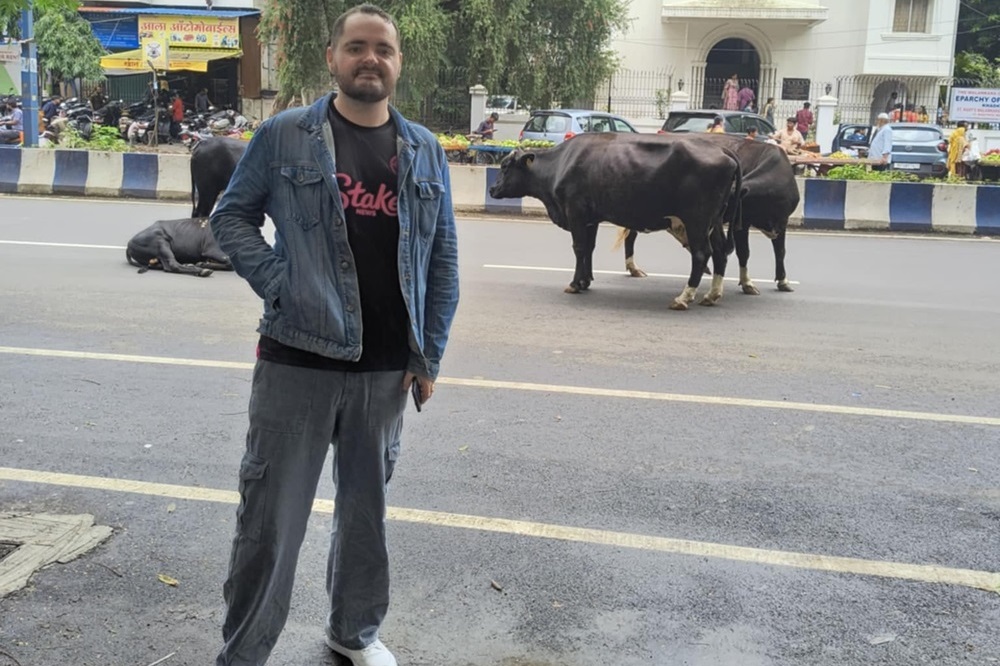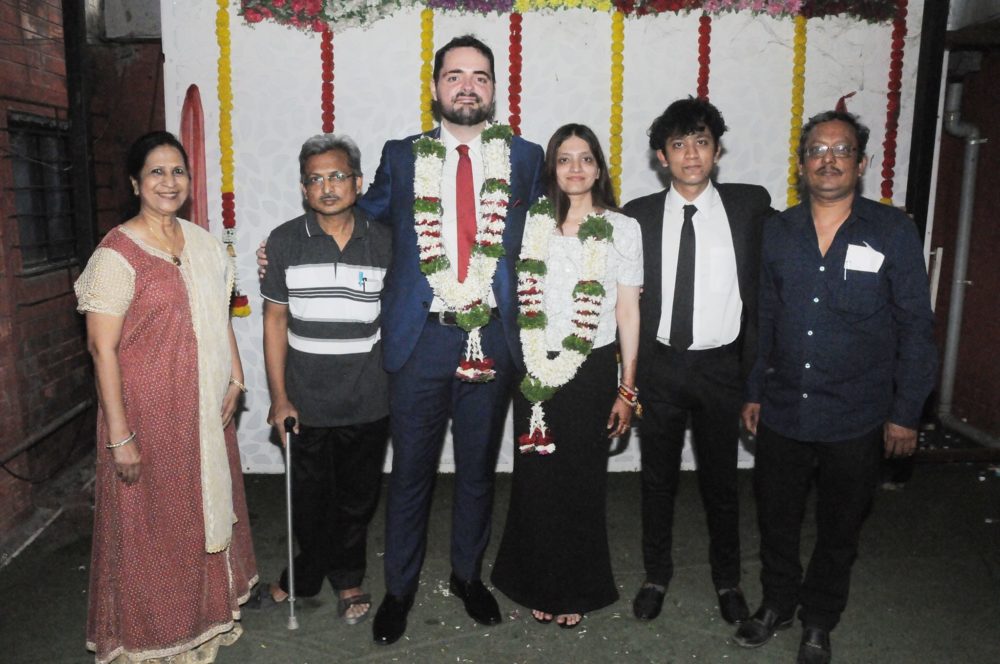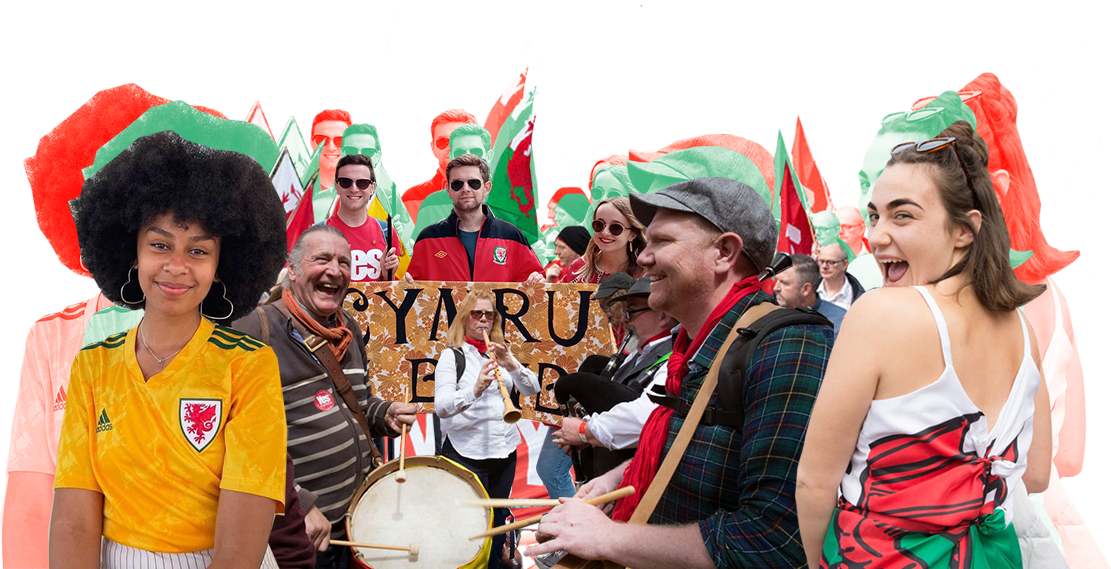The Year of Wales in India

Niklas George, owner Welsh Histories
It was on this year’s Dydd Gŵyl Dewi Sant (1 March) that Welsh ministers in London and Mumbai unveiled 2024 as the Year of Wales in India.
This was announced with the intention of “strengthening ties and opportunities” between the two countries. The official Welsh Government website describes the Year of Wales in India as a “12-month series of events celebrating the links between the two countries… across art, culture, education, health, business and human rights.”
You would not be entirely unwise if you struggle to come up with shared similarities between the two countries. India, of course, is notoriously hot throughout most of the country and some states maintain scorching heat throughout the year. Wales, however, is notoriously wet and cold outside of the summer months (and even they are filled with rainy days).
One country is mad about rugby and football, while the other celebrates cricket far above any other sport. India is celebrated for tremendously delicious vegetarian foods that are sure to make you ponder how someone could even come up with such gastronomical delights, while many of Wales’ dishes, though tasty, are heavy on meats such as lamb and perhaps aren’t so adventurous.
Yet, there are many things which the two countries do have in common. As a Welshman who just so happens to live in India, let me share some of them with you.
A Shared Passion for Tea
If you are invited into any household in Wales, the first thing you are going to be offered is a cup of tea. Indeed, growing up in the north of the country, anytime I would be visiting friends or family (or even colleagues), I would be offered either a “cup of tea” or a “paned” before I had even sat down.
Often with a side offering of biscuits, too. Welsh hospitality is certainly among the best in the world in this regard.

Yet, India is almost exactly the same. Being married into an Indian family, I am often meeting or hosting in-laws, friends of in-laws and so on – it became very easy to settle into India because the hospitality is typically very warm, welcoming and pleasant.
Instead of being offered a “paned”, I am offered a “chai” (Hindi for tea) and, oftentimes, with a side of Indian snacks, too. The chai usually contains a touch of ginger and I certainly recommend this practice to any adventurous tea enthusiast back in Wales!
A Love of Local Music & Culture
One of the things Wales is world-famous for is its music and culture. We have a plethora of internationally famed pop star talents, such as Tom Jones and Shirley Bassey, while simultaneously being famous for our Welsh choirs, Eisteddfods and acting talents.
Though many of the most well-known cultural landmarks in Wales, such as the castles, are non-native and Norman-made, we are known for these, too. Similarly, India shares a taste for culture, music and the arts.
Whereas Wales has Welsh choirs, India has Bhajan. Wales has many castles built by the Normans during a time of severe oppression, India has British-made fortifications which date back to its own oppressed past and these are today tourist attractions.
Wales has Michael Sheen, India has Shah Rukh Khan. Perhaps these are simplifications in similarities but they are all present and clearly visible. Americanisation of cultures is a very real threat to the distinctive differences the world’s countries possess but, at least in Wales and (more so) India, there is hope of a prevailing victory for the native cultures which make both countries so unique and beautiful.
Minority Languages
What many in Wales (and the west, really) sometimes fail to realise is that India is very big and therefore contains multiple cultures dependent on states and regions; regional songs & dances and many, many languages. Given that I live in India and have no plans to ever leave (outside of occasional trips back to the motherland, of course), I am currently learning Hindi – a challenging language for any westerner and one which, quite possibly, I will never truly master.
Now, here comes the fun part.
I live in the state of Maharashtra – famed for being the state home of Mumbai – and this means that many natives in the state don’t speak Hindi as a first language but a language called Marathi. So, whereas most Maharashtrian people do speak Hindi, they will speak in their preferred and native language – Marathi – first. Why shouldn’t they?

This almost sounds familiar to Welsh people who prefer to talk in Cymraeg, no? This can be quite confusing to someone learning Hindi but it is certainly interesting to see.
It is estimated that there are around 780 languages in India (though only two are “official” – Hindi and English, with 22 other languages currently scheduled) and with India being so diverse, you will hear many of them spoken in the state – I hear Marathi, Hindi and other Indian languages such as Urdu and Tamil almost daily.
Being from Wales, it is quite easy to find this fascinating. We all know that it has been a struggle (and it is an ongoing one) to keep the Welsh language alive. Though spoken throughout Wales, it is a minority language nonetheless and one which we should celebrate and bolster with the same level of passion and fire as the Indians do with theirs, whether Maharashtrian, Punjabi, Gujarati and so forth.
The Year of Wales in India doesn’t just have to be a celebration of our similarities but, also, how we can learn from each other.
Support our Nation today
For the price of a cup of coffee a month you can help us create an independent, not-for-profit, national news service for the people of Wales, by the people of Wales.








You missed a bit out…